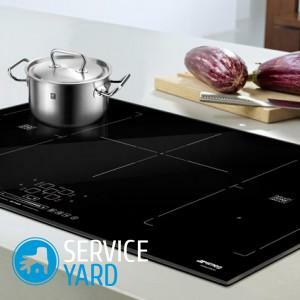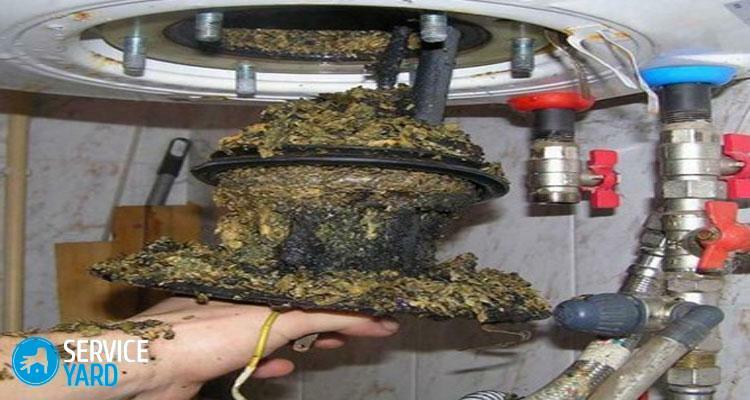If chickens are kept year-round, it is important to properly and efficiently equip the place of their keeping. It is better to carry out a warm building at the very beginning of the construction of housing for the poultry. But when reliable heat protection is not provided during construction, then you need to know how to insulate the shed with your own hands when operating the finished chicken coop.
The need to insulate the barn
Before a detailed description of the process and determining how to insulate a barn for animals, it is necessary to immediately clarify the question of whether such an event is required at all. It is impossible to give an unambiguous and concrete answer to this topic. Everything here depends only on the situation and many factors, which are highly desirable to take into account.
The climatic conditions of the area in which the chicken coop is located are important. If all previous winters were pleasing with rather warm weather, then it is enough just to build a shed with your own hands from materials that provide weak thermal conductivity. But when severe frost is often observed in winter, it will not be possible to do without insulation for the structure.

If the temperature throughout the winter months is such that the poured water freezes before it reaches the ground, it is required immediately take care of bird comfort and insulate the barn with foam or other suitable material.
The material used for the bird house is also important. When thin plywood is used for its construction, it is simply necessary to insulate the chicken shed for the winter. But if for the construction of such a house the owner was not stingy and bought rounded logs or built a brick utility block it is insulated from the inside, you can limit yourself only to minor measures to block cracks and other places of penetration cold.
Important! The best option for the non-commercial maintenance of any poultry is the construction of a frame chicken coop equipped with insulation, although this event will not be too cheap. But in such a structure, the hens will feel great and delight with a decent egg production.
It is imperative to figure out whether it is really necessary to keep chickens all year round. When the chicken coop is inhabited by many chickens, and their maintenance is justified not only by supplying the family with eggs and meat, but also contributes to additional income through the sale of agricultural products, then the insulation of the house is justified event. In other situations, it was enough to confine himself to the usual building, not to carry out insulation and to start new chickens in the spring every year. When autumn comes, it is better to process them into stew without worrying about insulation issues. Eggs, on the other hand, are easier to buy in the store in winter, since their cost is not too high.

Before doing work in the chicken coop before the winter cold, consider the economic feasibility of this issue. This is especially important in a situation where there is no person nearby who can help with the insulation work.
Options and materials for thermal insulation
Let's take a closer look at what options have been invented to carry out measures to insulate a barn, intended not only for keeping chickens, but also for storing vegetables. First, we will define the technology of this process and the materials used for it. To ensure reliable thermal insulation of any outbuilding, it is recommended to use the following materials that have been tested for centuries:
- Chopped straw. Such natural insulation has been used by mankind for many centuries. It belongs to the category of environmentally friendly products, although it does not differ in durability. The stalks of cereals are flammable, they begin to rot when wet, rodents and all kinds of insects willingly settle inside the straw. In order to somehow protect this material, it is required to impregnate it, which requires lime diluted with water. The amount of lime and straw is calculated using a ratio of 1:25. The resulting mixture is required to tightly clog all the space available between the plank walls. At the same time, straw is used for insulation and the ceiling. It should be borne in mind that the thermal insulation coefficient of this material is low.
- Sawdust. Like straw, this material is also flammable and susceptible to various biological threats. The product is mixed in a ratio of 1:15 with lime, and then, to increase the moisture resistance and harden the composition, 10% cement is added to the mixture. Since the sawdust gradually cakes, it is necessary to add them annually.
- Expanded clay. This is the name for lightweight ceramic pellets. The material does not absorb moisture, it is durable, practically does not cake, and is not flammable. For him insects and rodents are not afraid. The only drawback is poor thermal insulation, which is why you have to pour the material in a thick layer. When backfilling between the walls, expanded clay is added to the cement mortar. After that, a durable warm material is obtained. When performing such work, it is necessary to apply insulation in layers, waiting for each applied layer to set. Otherwise, the lower part against the wall will be destroyed by the pressure of the material. Expanded clay is an excellent option for insulating a barn, it is used when there is a basement or deciding how to insulate a cellar.

Now more and more modern materials are used for high-quality insulation. Although they are more expensive, they retain heat much more efficiently. The most common such substances are:
- Foam glass. These are small granules obtained by foaming glass. The material is not afraid of dampness, does not burn, does not allow the development of mold, resists rodents and pathogenic microorganisms.
- Mineral wool. It is made from waste from the glass industry. The product does not burn, resists any biological threats. Has good thermal insulation value. Cotton wool is suitable for insulating flat surfaces. When wet, it ceases to retain heat, which is why waterproofing is necessary during its installation. When installed, the product emits dust that is harmful to health.
- Expanded polystyrene. People call it polystyrene. The product is sold in sheets and can be easily attached to any surface. The substance has good thermal insulation, it is not afraid of dampness. A significant disadvantage is the fragility of the material. When pressed, the leaf can crumble. The foam also burns, emitting aerosol and poisonous gases when heated. Because of this, its use in residential premises is undesirable.
- Extruded polystyrene foam. The product is obtained by extrusion and has miniature granules. Thanks to this, the material is more durable than polystyrene, does not crumble, it does not require additional waterproofing. It is convenient to sheathe floors and ceilings with this insulation.
- Polyethylene foam. The people call the product penofol. The material is elastic and flexible, it is realized in rolls, covering it with foil on one side. It reflects heat, returning it to the interior of the insulated room. It is recommended to use the product for waterproofing, auxiliary insulation. The strips are easy to attach to wood surfaces using a construction stapler. When burned, the substance gives off toxic fumes. The widespread use of insulation is hindered by its cost.
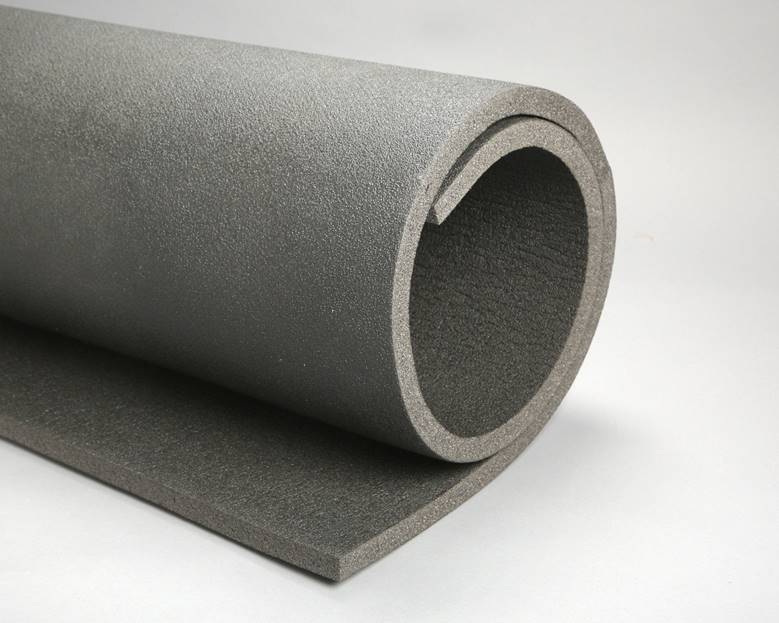
In addition to the listed products, sprayed materials are increasingly being used. However, the need to purchase expensive equipment for their application stops the use of these substances when insulating sheds. But when they have already performed the thermal insulation of the house, then it is quite permissible to organize the insulation of outbuildings with the remains of substances. The advantage of the sprayed materials is the absence of seams, obtaining an even, absolutely continuous layer of protection from the cold. These products do not cake, they do not need to be painted, and they stably perform the assigned task for many years.
Do-it-yourself barn insulation technology
The technological process for arranging thermal insulation is not complicated. To carry it out, you do not need qualifications, the use of expensive equipment. There is enough general construction experience, all work can be done independently. All that is required is accuracy, scrupulous adherence to the following recommendations, and compliance with labor safety standards.
A radical option to make the chicken coop warm is to arrange heating in it. If winter came suddenly, the chickens began to freeze, and the barn is poorly insulated, the only way to save the bird is to increase the temperature by installing heating devices in the room. Heating is carried out using electricity or wood. For the first option, heaters will be required, with the second, you need to build an elementary stove. Although heaters are only a temporary solution, the stove will have to be installed without fail, even after insulating the shed.

The insulation itself cannot heat up in any way - it just does not allow the accumulated heat to leave the room. It is the stove that will instantly heat up the air, providing a comfortable winter for the bird. But from what to build a stove, you will have to decide on your own.
Important! It should be borne in mind that a brick structure, although it heats up for a long time, then cools down for a long time. The metal device will instantly become hot, but after the firewood burns out, it will cool down just as quickly.
Materials and fixtures
To complete the required amount of work, you will need the following devices and materials:
- the insulation itself;
- slats;
- waterproofing;
- Double-sided tape;
- knife;
- self-tapping screws;
- stapler;
- measuring tool.
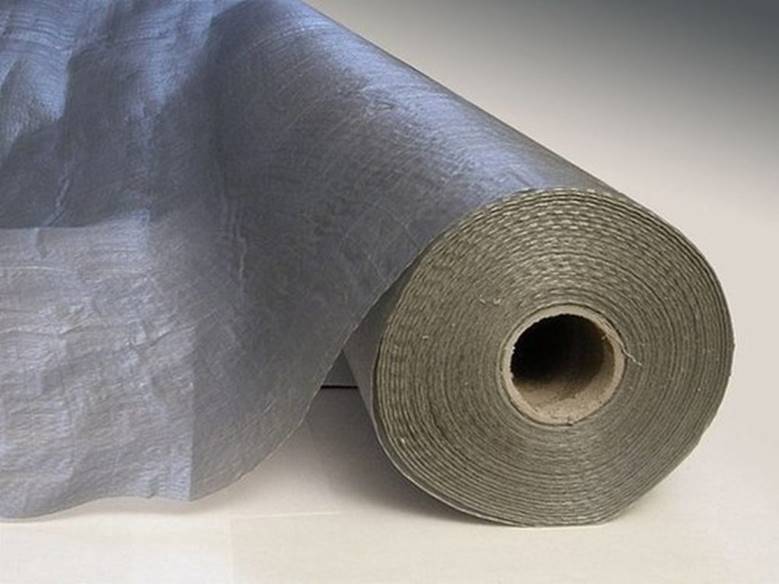
It is advisable to equip in advance a place where you will have to cut the insulation.
Wall insulation
The technology of wall surface insulation is influenced only by the type of material purchased. When it is decided to use bulk insulation, it is required to build an additional wall near the main wall in advance, keeping a distance of about 15 cm between them. Such planes must be connected to each other using wooden logs. Be sure to place the boards of the auxiliary wall horizontally. Having hammered the boards to a height of half a meter from the floor, you need to fill in the insulation inside, tamp it well. Then continue to sew up the boards and fill in the material by analogy.
When insulating with sheet material, you will have to act like this:
- from the inside to the outer wall, nail the waterproofing with a stapler;
- then fix the profile vertically on the wall;
- insert sheets of material between the guides;
- fill in all the remaining gaps with scraps of insulation;
- fill boards or plywood on top of the guides.

Floor insulation
The most inexpensive and practical option for floor insulation is to perform such an event:
- knead together the clay with chopped straw;
- spread the mixture on the floor, raising it to a height of 15 cm;
- align the platform well, tamp it.
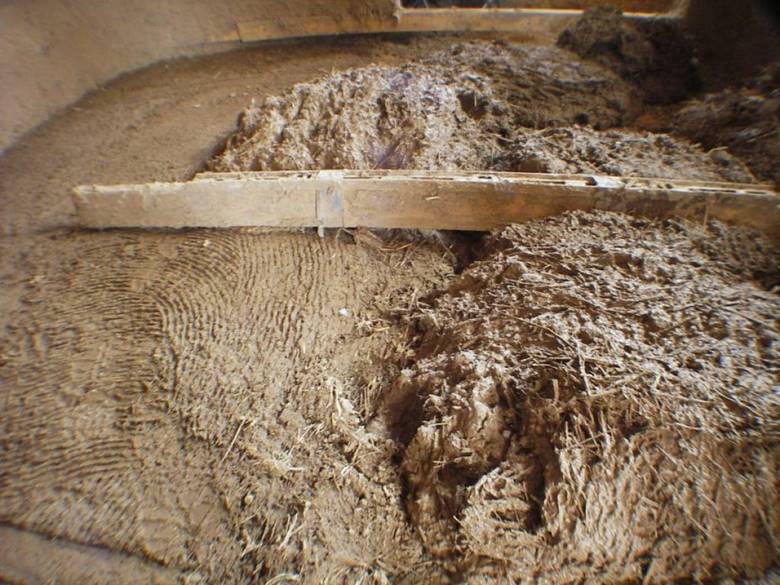
When the clay is dry, it is recommended to cover it with straw or sawdust on top. This layer needs to be changed periodically. The described technique does not require investment of any material resources. You just need to have strength and patience.
A more serious option for protecting the floor from the cold involves preliminary sampling of soil up to 40 cm deep from the room. Then, expanded clay must be poured into the resulting hole, on top of which a screed with clay or cement mortar must be performed. Wooden floors for keeping chickens are not often used. If they are already present, they are insulated with foam. Mineral wool should not be used, as it will definitely get wet and stop performing its function.
Ceiling insulation
Almost half of the heat comes out of the room through the ceiling. In order to insulate it qualitatively, it is recommended to act according to the following method:
- first, nail a plastic wrap or roofing material with a stapler to the ceiling in the attic space;
- then fix any selected insulation option on it;
- cover it with a layer of waterproofing.

When there is no attic in the room, it will be necessary to fix the sheet insulation from the inside to the ceiling directly onto the roof sheathing. To do this, you need disc dowels or glue. The most effective option is to spray from the inside directly onto the roof of polyurethane foam.
We insulate the doors
When the doors of the hen house are an uneven wall opening, carelessly covered by a shield with slits from the slab, suspended on leather hinges, it is pointless to insulate them. Be sure to install a high-quality door frame, ensure airtightness between the doorway and the wall, hang a solid door.

The surface of the door leaf must be upholstered with thick foam insulation to increase the door's ability to withstand cold. It is advisable to insulate the canvas with strips of foam rubber, sticking them around the entire perimeter of the frame. You can use rubber for a snug fit. It is recommended to perform similar actions with windows. To keep warm inside the room, they need to be tightened with polyethylene, securing it with glazing beads.
Internal additional work
To ensure the preservation of a favorable temperature environment in an already insulated chicken coop, care must be taken to circulate the air in the room. Birds, in the process of their own life, saturate the space with moist air, which is a beneficial environment for pathogenic microorganisms. In order to organize high-quality air exchange, it is recommended to embed at least one exhaust duct equipped with a check valve in the upper part of the wall. This device will not allow cold air to penetrate into the room, and moisture will begin to come out into the street.
Supply ventilation is provided by microscopic gaps that cannot be eliminated, and the door is periodically opened. Whenever there is an opportunity, it is better to equip a vestibule equipped with an internal door in front of the insulated chicken coop. It is convenient to keep poultry feed there. Such a room saves almost a third of all heat.

